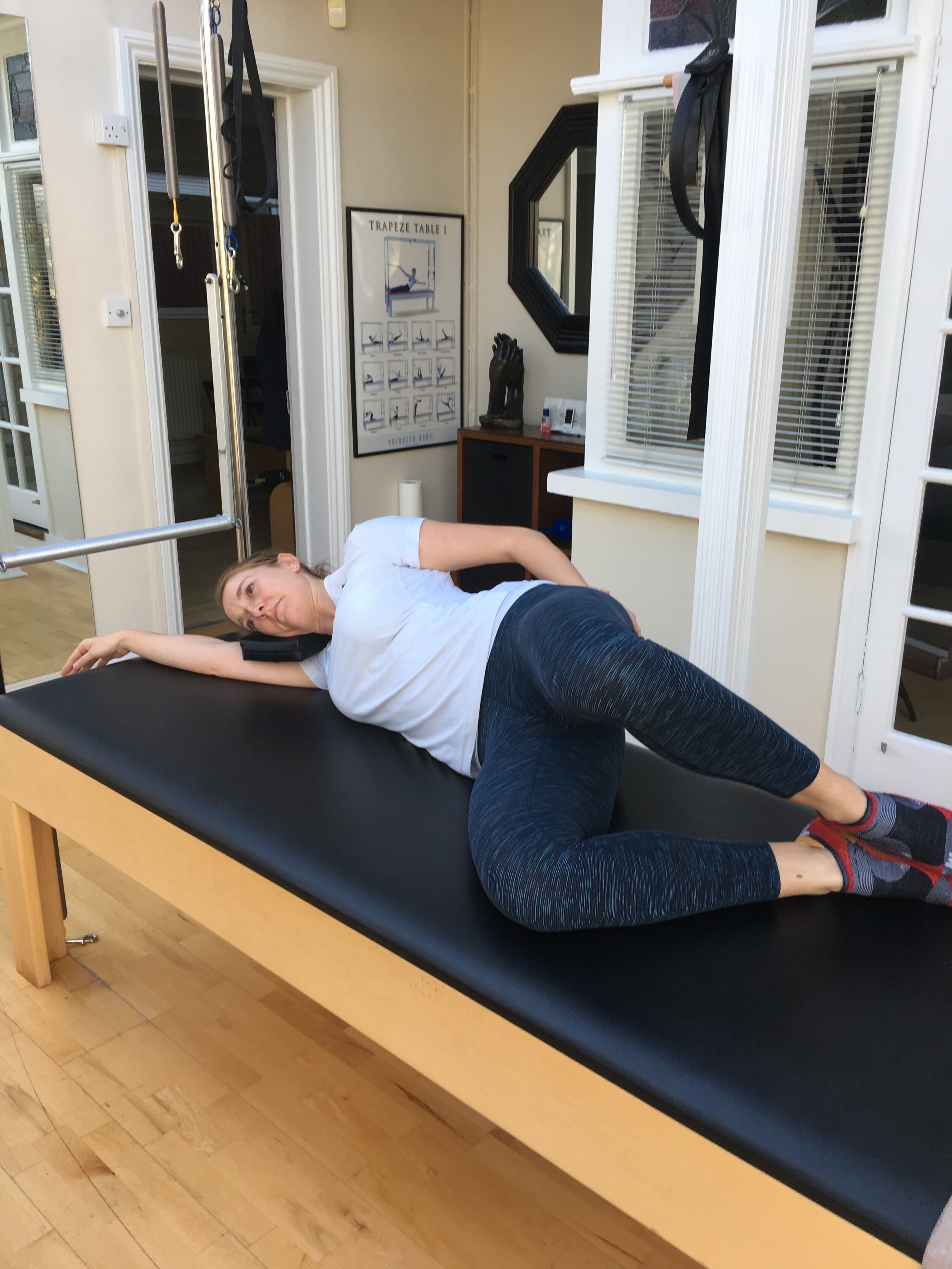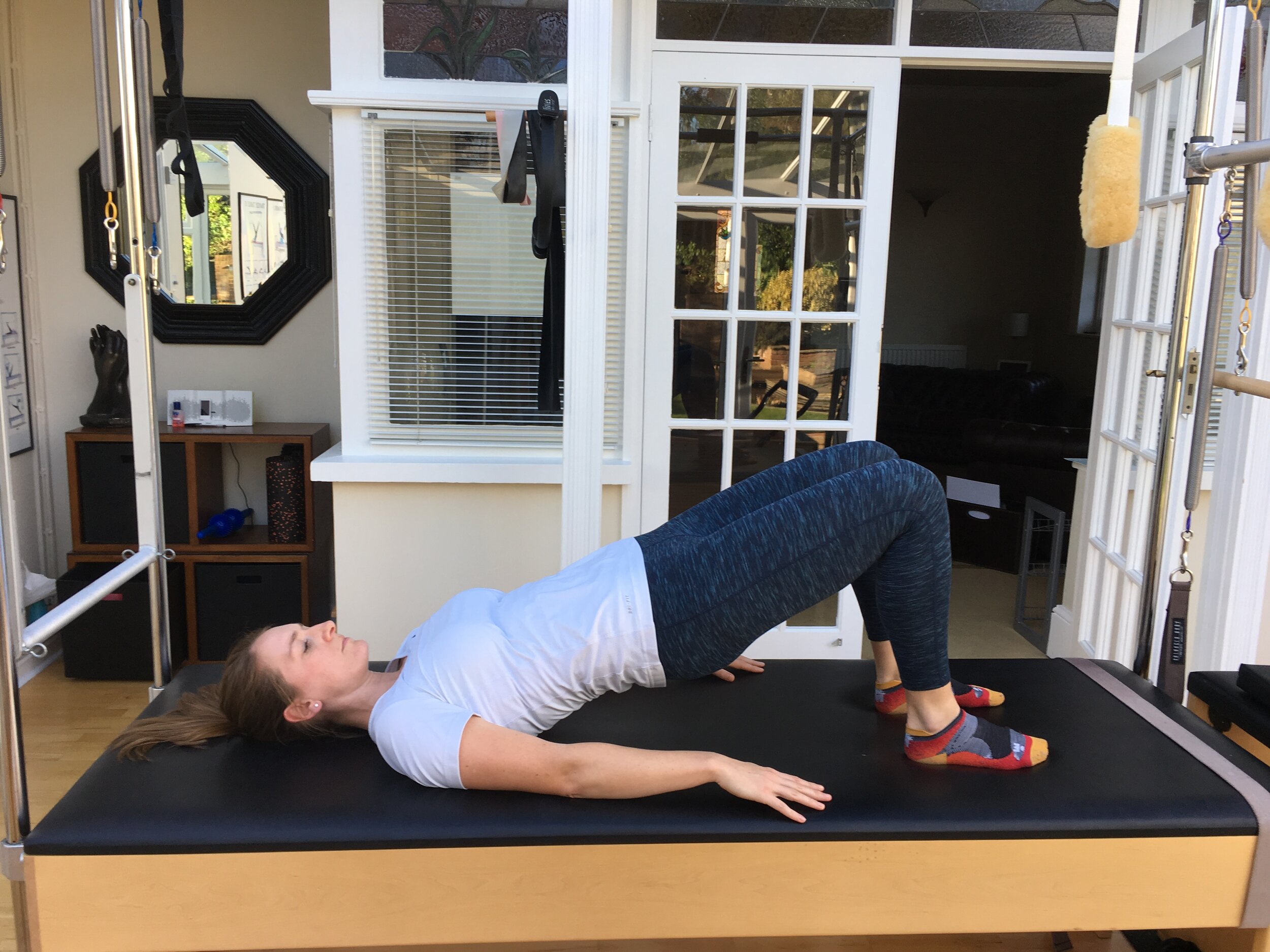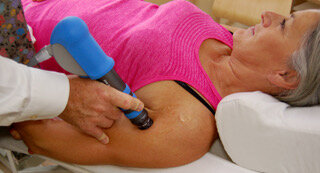There really is no one diet, supplement or exercise regime that can boost your immune system, the network of cells, tissues and organs that band together to defend your body against anything with the power to make you sick. The list is long and includes bacteria, viruses, environmental triggers, some natural and some man made. Your immune system is always working hard, whether it’s reacting to something floating in the air like dust and pollen, or offering protection from a virus.
The COVID 19 pandemic has high lightened how important it is to be the healthiest version possible of ourselves and there are definitely some healthy living habits that can help to fine–tune your immunity.
THE IMMUNE SYSTEM AND YOUR GUT:
The human immune system holds the catalogue of millions of different potential trigger molecules or antigens. Access to this huge library is built into every gland and cell involved in immune function, so that they can produce what is needed to combat these threats. Scientists are becoming increasingly aware of how much your gut microbiome is involved in the process.
Microbiome refers to the bug and their genes. Your microbiome impacts your physiology, both in health and in disease, and it contributes to the enhancement or impairment of your immune function. Alteration in your gut’s microbial communities plays a major role in the risk of you getting a certain disease. These alterations are known as “Dysbiosis” a term that used to be the sole property of alternative and complementary practitioners until doctors discovered that it really is “a thing”.
The immune system is pretty homogeneous in nature, alas it may react in different ways according to the individual, their lifestyle, their diet and genetic predisposition.
We do know that your immune system cannot fight off every invader, as very sadly has been the case for so many people with Corona Virus. But we also know that your gut microbiota is involved in the secretion of antimicrobial peptides that have been seen to enhance antiviral immunity by increasing the number and function of immune cells, improving symptoms related to a compromised immune system and stimulating production of signalling proteins, e.g. interferons, made and released by immune cells in response to the presence of viruses such as COVID 19. In turn respiratory viruses are known to influence bacterial composition in the lungs and intestine.
WHAT’S THE MORAL OF THE STORY
Your immune system will never win all the games but keeping track of changes in your microbiota during theses COVID 19 times is more important than ever before, particularly knowing about the diversity of your gut bugs and the stability of this diversity.

















